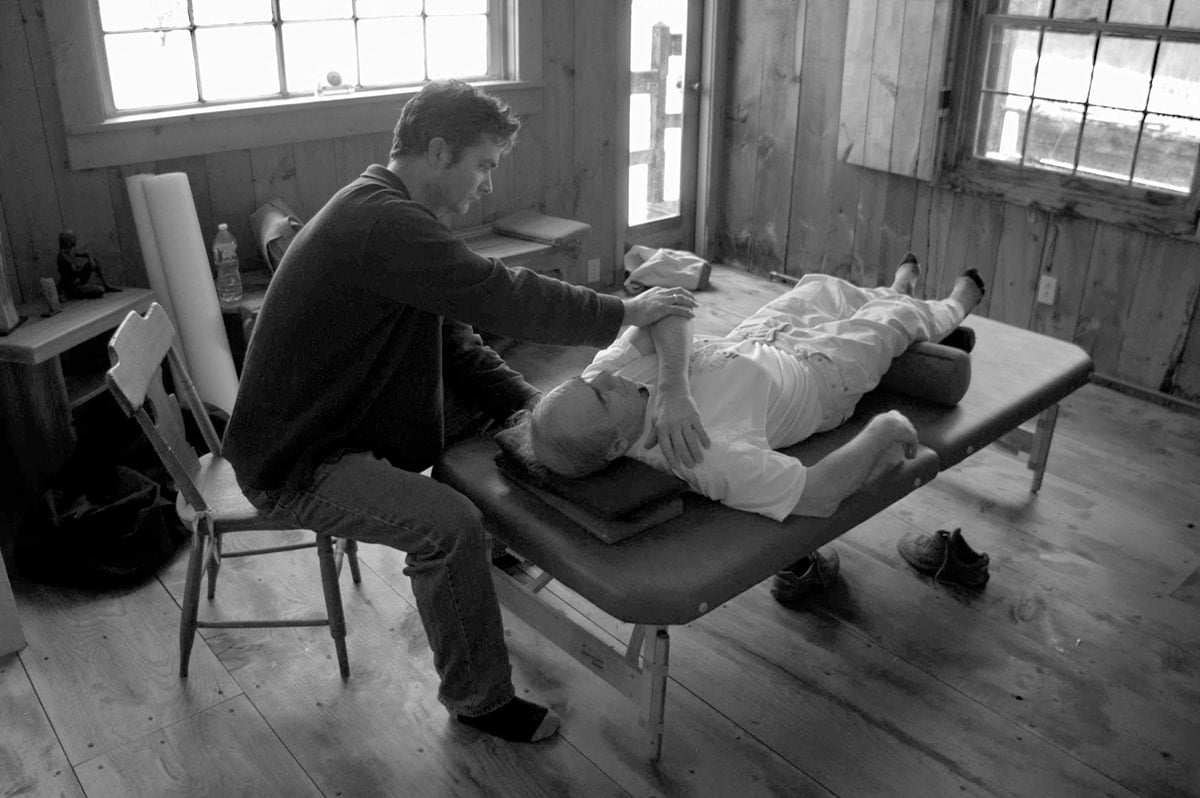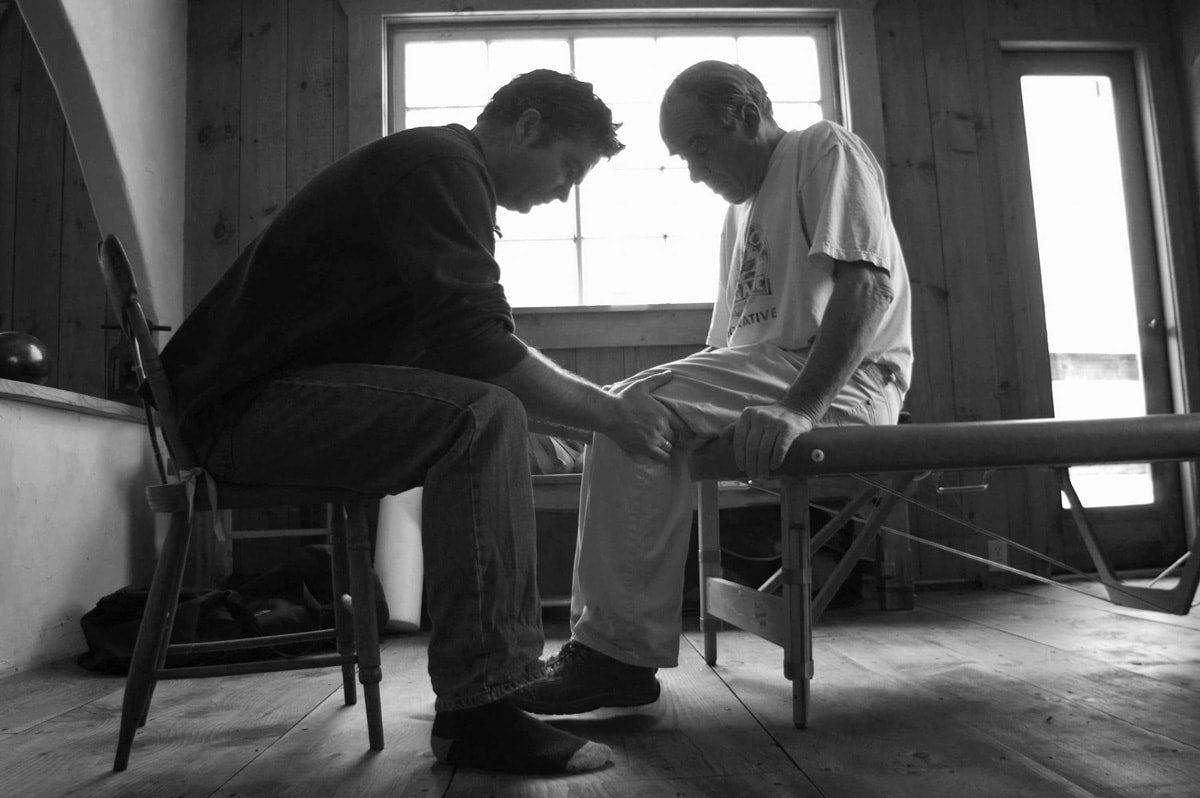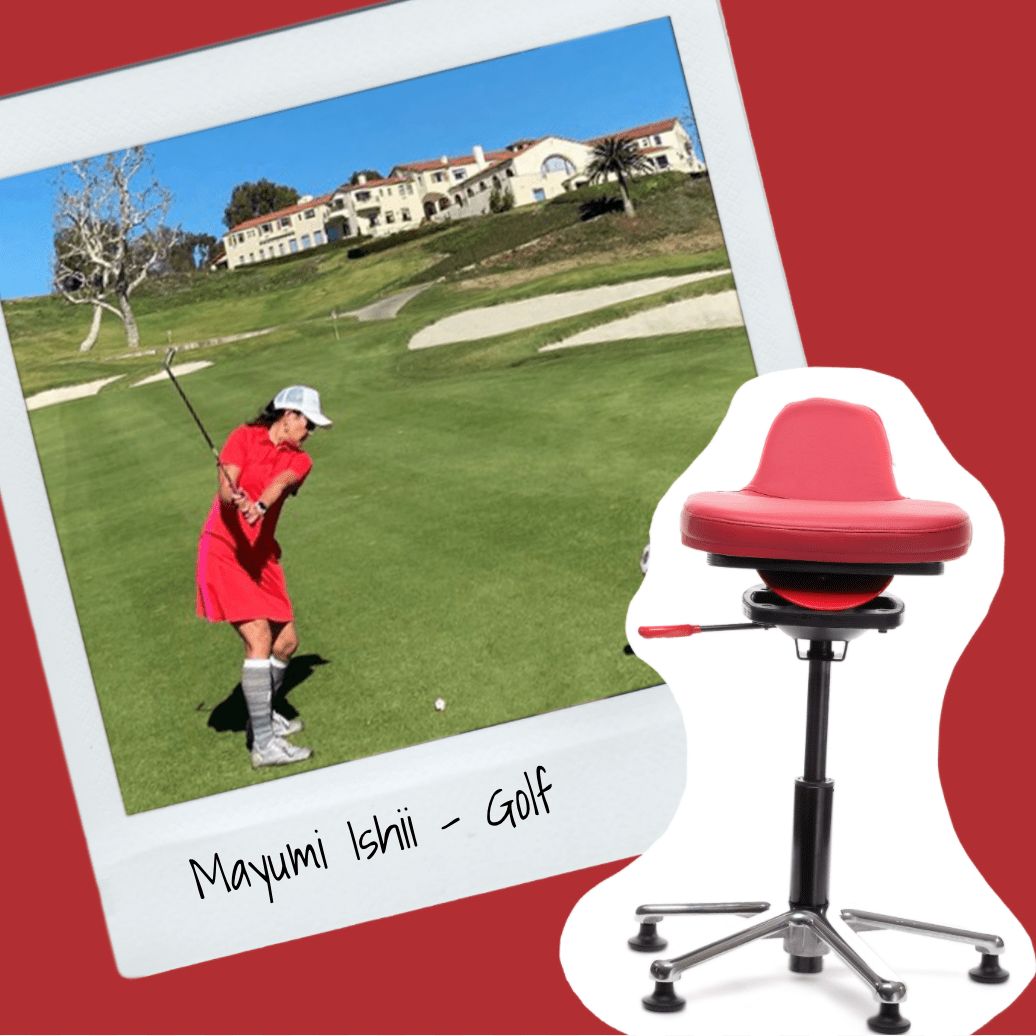Uwe Mester is a Certified Feldenkrais Teacher, and Member of the Feldenkrais Guild of America. In this second guest blog post, Uwe explains more about the Feldenkrais Method® approach to healing back pain, and how that approach works hand-in-hand with active sitting.
If you’re interested in learning more about taking a complimentary posture session with Uwe and getting the most from active sitting, click here. -Turner
At some point in their life, nearly 80% of Americans find themselves seeking help for back pain.
Despite the immense scope of this problem, back pain remains poorly understood and therefore poorly treated. Strength training, stretching and improving flexibility, chiropractic work, aerobic exercise and even surgery are typically tried as treatment options, but such a wealth of alternatives serves only to underscore the fact that no single reliable treatment has yet been discovered.
The Feldenkrais Method® is an approach that I came upon as a young competitive athlete, and since have spent years teaching and learning. The Feldenkrais Method® helps people become aware of their body’s movement and coordination, and the coordination of those movements in relation to their environment.
Poor movement patterns- not lack of strength- can lead to pain. This is why even the most conditioned athletes may experience back pain. The Feldenkrais Method® takes an educational approach, teaching people how to notice and adjust their poor movement patterns, addressing the source of the pain.
Ergonomic chair design and back pain
So where do these movement patterns that are at the root cause of pain come from? Let’s take a look at one common source of poor movement patterns hidden in plain sight: our chairs.
Most standard chairs are designed ergonomically to prevent the sitter’s body from moving, as much as possible. The front of the seat is usually slightly higher than the back of the sitting area. This prevents the sitter from actually sitting on their sitz bones, and forces the pelvis to roll backwards. Rolling backwards locks the lower back into a static, rounded position. Since sitting with a rounded lower back is uncomfortable and unsustainable for long periods, ergonomic chairs include a backrest, typically outfitted with the catastrophic coup de grace: lumbar support. Lumbar support is the lump that jams into the small of the sitter’s back, with the intention of forcing a curve into the lower back... the natural curve that has been lost by the chair’s design.
Putting it altogether, our typical sitting environment of standard or ergonomic chairs has trained the body to sit in a static, rounded position. Since our bodies have not evolved to sustain this posture for 8 to 12 hours a day, the result is often lower back pain.
This is where Feldenkrais and QOR360 intersect: to relieve back pain, addressing the sitting environment- our chairs- is key.
Feldenkrais and active sitting
Active sitting, where the seat of the chair allows the body to move and adjust, can quickly help relieve back pain. With effective active sitting, the entire spine should engage, and muscles be used more evenly. The workload is distributed over the entire length of the trunk, so no single part is overused and causing pain.
QOR360’s active sitting chairs are designed to ensure active sitting. They require the body to subtly readjust its posture moment to moment, eventually finding and settling into optimal movement and posture, maintaining the torso’s natural length with minimal effort. This approach “trains” the body to adjust and maintain comfortable posture through a whole body experience, a difference that can be felt even while standing and walking, long after arising from an active sitting experience.
Over time, the entire body adjusts and is much less inclined to fall into old habitual, pain inducing movements. With muscles, joints, and bones engaging in a biomechanically sound way, back pain often disappears.
Like Feldenkrais without a teacher
Active sitting requires the sitter to try out many different postures and movement patterns each minute. These slight adjustments all happen at the reflex level, pretty much out of conscious awareness. Over time the body zeros in on its most natural, and hence comfortable, posture and movement patterns. I liken the whole process to a Feldenkrais session, but absent a teacher. As such, the Feldenkrais community has embraced active sitting as a way to help reeducate movement patterns.
Sitting with a Feldenkrais Teacher
As a Feldenkrais Method® teacher, I am pleased to be working with QOR360 to offer complimentary sessions. Because everyone is different, some people have particularly stubborn movement patterns that may require a more focused approach. Sometimes it takes just a few minutes to get the most out of active sitting, and make a lifetime of difference.
For more information about Uwe’s video sessions, click here.





Leave a comment
All comments are moderated before being published.
This site is protected by hCaptcha and the hCaptcha Privacy Policy and Terms of Service apply.